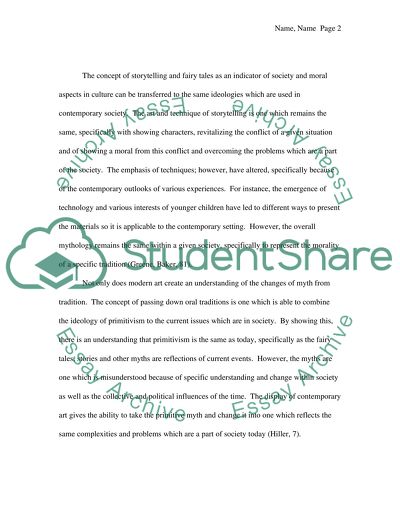Cite this document
(“Fairy tales and story telling in contemporary art Essay”, n.d.)
Retrieved from https://studentshare.org/literature/1418991-fairy-tales-and-story-telling-in-contemporary-art
Retrieved from https://studentshare.org/literature/1418991-fairy-tales-and-story-telling-in-contemporary-art
(Fairy Tales and Story Telling in Contemporary Art Essay)
https://studentshare.org/literature/1418991-fairy-tales-and-story-telling-in-contemporary-art.
https://studentshare.org/literature/1418991-fairy-tales-and-story-telling-in-contemporary-art.
“Fairy Tales and Story Telling in Contemporary Art Essay”, n.d. https://studentshare.org/literature/1418991-fairy-tales-and-story-telling-in-contemporary-art.


